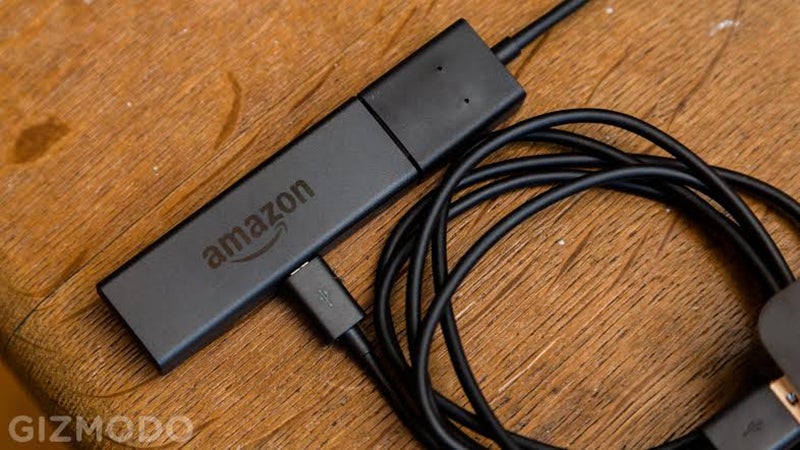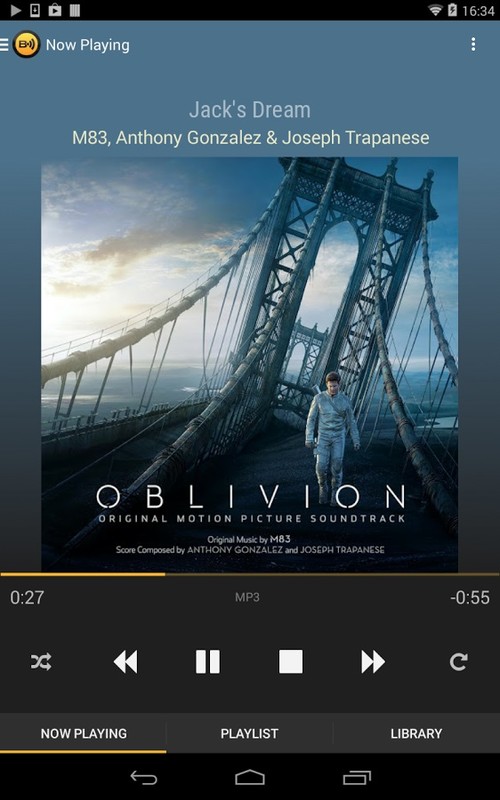

Unfortunately, they disappear from the mobile devices quite quickly and never have shown up on the Amazon Fire Stick TV. I couldn't get it configured so it would pass the Internet access test, but it does allow the occasional appearance of the Media Server and Logitech on the Bubbleupnp app on the mobile devices when they are on the local network, either in their own right or by proxy. I have Bubbleupnp Server on the Synology.

I did those things, yes, although I since have uninstalled minimserver because it also was undetected by the mobile apps and the controller app that I needed to run on my computer. I can't imagine that DLNA failures are routine with these devices, as I otherwise would find discussion of them all over the Internet, so I wonder what you all are doing that I am failing to do. I know Synology devices are popular with CA readers. I am confident that I have the DSM settings for DLNA set correctly.įrankly, DLNA functionality is not a big deal, since I don't really need to use a Upnp DLNA controller that often, but I do want to be certain that my device works as intended. I wonder if there is something that I need to do on my router to make the NAS available - something I never had to do with the Buffalo. Those apps work fine on my phones and tablets, but they aren't available for the Amazon Fire TV Stick and my Vortexbox. The Synology recommendation was that I use the Synology mobile apps and not stress over the media server itself. I reviewed Synology's forums, found nothing helpful, and contacted their tech support. Even when I do that, however, none of my controllers - 8player, vlc, Plugplayer, Arkmc, BubbleUPnP - can see the NAS at all or, if it does, literally for just a minute and without ever playing any music. In contrast, the Synology seems to require me to specify which DLNA clients it can reach, the subspecies of DLNA each uses, and seemingly more. That is not a bad thing, to this extent: its media server, without doing a thing beyond scanning the library, showed up routinely as a server on all my controller apps. It seemingly has fewer options and supported applications. In comparison to the Synology, the Buffalo was a simple, if not primitive, device. The Synology also offered greater horsepower and native LMS and Plex support.

I had no major issues with the Buffalo but needed to increase the hdd capacity behind 4tb per drive and Buffalo does not support that capacity officially. I just replaced a Buffalo LS421DE with a Synology DS216+.


 0 kommentar(er)
0 kommentar(er)
